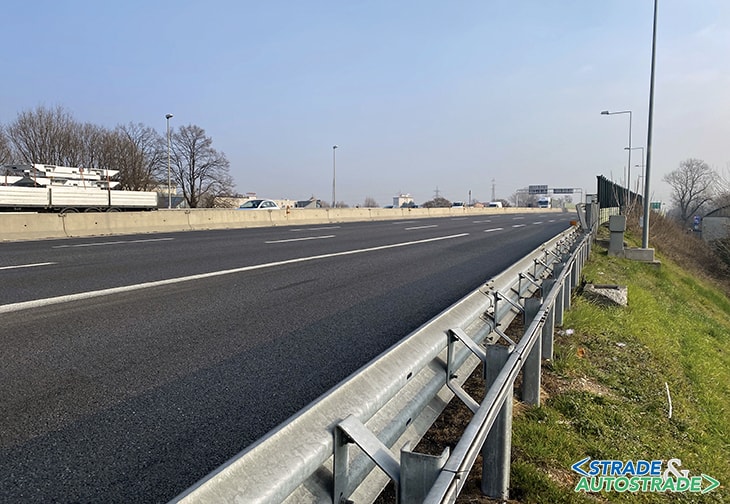![]() Per la versione in Italiano: https://www.stradeeautostrade.it/tecnologie-e-sistemi/un-monitoraggio-sotterraneo-e-tecnologico-per-la-serenissima/
Per la versione in Italiano: https://www.stradeeautostrade.it/tecnologie-e-sistemi/un-monitoraggio-sotterraneo-e-tecnologico-per-la-serenissima/
The A4, commonly known as La Serenissima, is one of the most significant motorway routes for Italy and Europe; a crucial corridor connecting Eastern and Western Europe, the Balkan world and the Iberian Peninsula, passing through some of the most productive and industrially advanced provinces of our country, including Milan, which is an integral part of it.
The route between Turin and Venice, and from there to Trieste, has its roots in the historical routes of cultural and economic exchanges between East and West and has always represented a line of extensive movement of men and goods, even in times seemingly less busy than today.
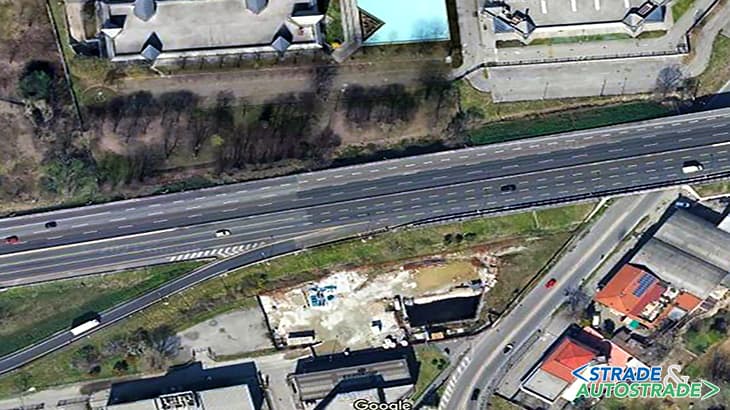
The volume of motor vehicles and heavy goods vehicles that travel along it every day in both directions and the often-critical weather conditions, especially the poor visibility due to the frequent and persistent fog, make safety a particularly delicate and sensitive issue.
Therefore, when the works for the extension of the M1 line in the city of Milan began – works that would inevitably cross a section of the aforementioned A4 – it was deemed necessary for the motorway Company to ask the Company involved in the excavation works to implement a monitoring plan for any subsidence phenomena, i.e., lowering of the motorway surface, in order to be able to take timely action if necessary.
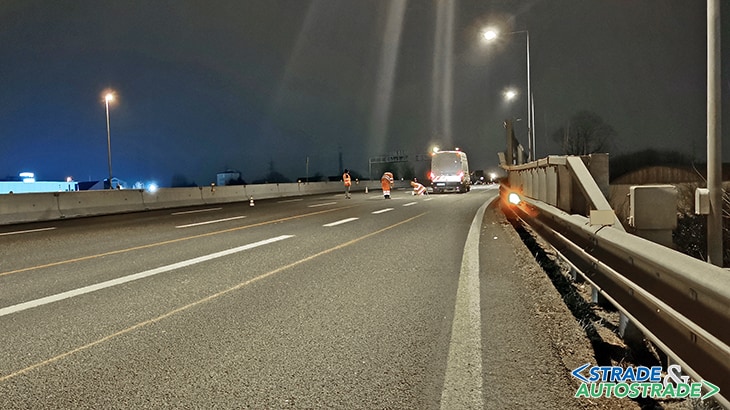
Optical fibre: the most efficient solution for La Serenissima project
Once again, the most efficient solution came from optical fibre.
NTSG Italia, a Company involved in the research and development of technologically avant-garde solutions linked to the use of fibre optic networks and sensors and part of the international Mon-it group, has indeed designed and implemented an advanced monitoring system, operating around the clock, seven days a week, for the entire duration of the project, which lasted about one year (https://www.ntsgen.com/en/).
“The network of deformation sensors that we installed immediately under the layer of the motorway platform – says Paolo Persi del Marmo, Founder and CEO of NTSG Italia – performs 28,000 readings every second, and the system sends those readings to a processing centre that transforms the data received into subsidence measurements. And everything is done in real time”.
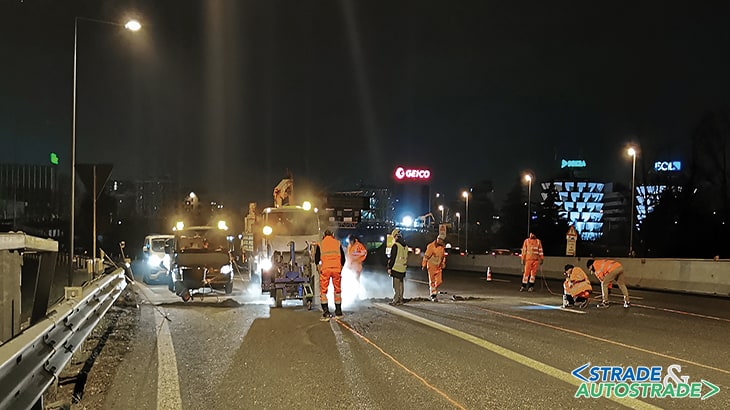
Those measurements are immediately stored and categorised in a server connected to NTSG’s IoT platform installed on the cloud, so that they can be immediately and always accessed and viewed by the technical staff involved in the excavation project via any IoT-enabled computer.
“We also focused on the construction of the human-machine interface, so that data reading would be extremely intuitive and tailor-made – Paolo Persi del Marmo continues. In addition, we did not only provide an overview and a detailed view of the condition of the road surface, but we also built a real alert system”.
The system developed by NTSG Italia, in fact, is designed to send immediate notifications both to the operator in charge of surveillance and to those in charge of the excavation, when it registers subsidence values that are not in line with what was set by the design engineers and configured as a warning or alarm threshold.
The system’s proactive approach is also capable of recognising any temporary subsidence of the road surface, which can be attributed to the simple transit or jamming of vehicles and heavy vehicles and not to the tunnel excavation works.
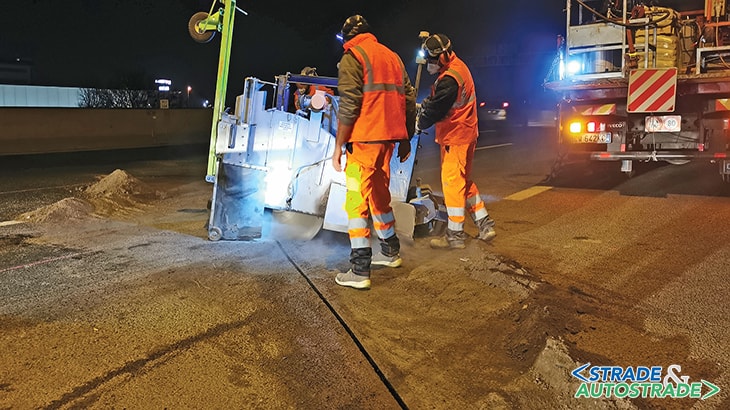
The efficiency of the NTSG Italia system also has other advantages, which are extremely significant when dealing with an artery such as the A4 in the urban segment of Milan.
“We are talking about a very busy motorway, which has eight lanes in that section, and we had to place our network of optical sensors over a length of 110 m within the road surface, without affecting or interrupting the movement of cars and trucks. It was a challenge within a challenge”.
The challenge was won by NTSG Italia thanks to its use of stateof-the-art micro-trench excavation machinery and the use of ultra-rapid-setting materials compatible with a fibre-optic sensor network, the latter solution which – once again – proves that the technology of the future is already under our feet.
The figures of La Serenissima project
- 280 sensors installed, 35 per lane on eight lanes;
- a network of sensors measuring 880 m;
- 110 m excavation per lane;
- 100Hz acquisition frequency;
- 24 hours a day, seven days a week.
- 28 thousand information per second.
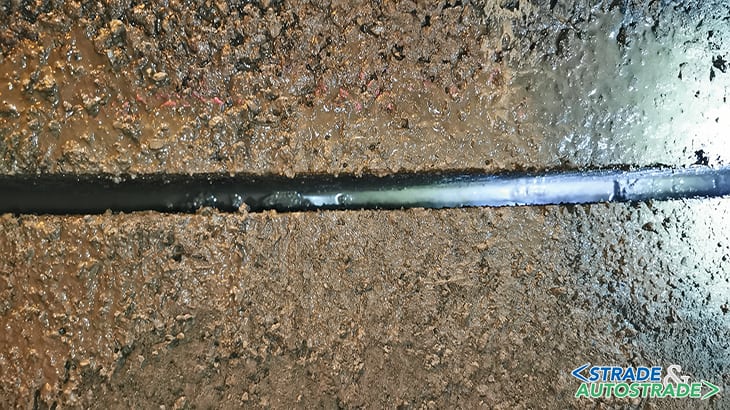
Technical data
- Contracting Authority: De Sanctis Costruzioni SpA
- General Contractor: Metropolitane Milanesi (Client for the excavation works) and Autostrade per l’Italia SpA (Managing Authority for A4)
- Installation Partner: Palandri e Belli Srl
- Project Manager for NTSG Italia Srl and Construction Site
- Technical Manager: Eng. Jacopo Giorgetti
- Construction Site Manager for NTSG Italia Srl Safety Manager: Michele Sannino
- Testing: NTSG Italia Srl
- Works Contractor: NTSG Italia Srl and Palandri & Belli
- Start of work: February 2022
- Duration of works: 30 days
- Delivery date: March 2022
- Monitoring period: 12 months
![]() Per la versione in Italiano: https://www.stradeeautostrade.it/tecnologie-e-sistemi/un-monitoraggio-sotterraneo-e-tecnologico-per-la-serenissima/
Per la versione in Italiano: https://www.stradeeautostrade.it/tecnologie-e-sistemi/un-monitoraggio-sotterraneo-e-tecnologico-per-la-serenissima/

